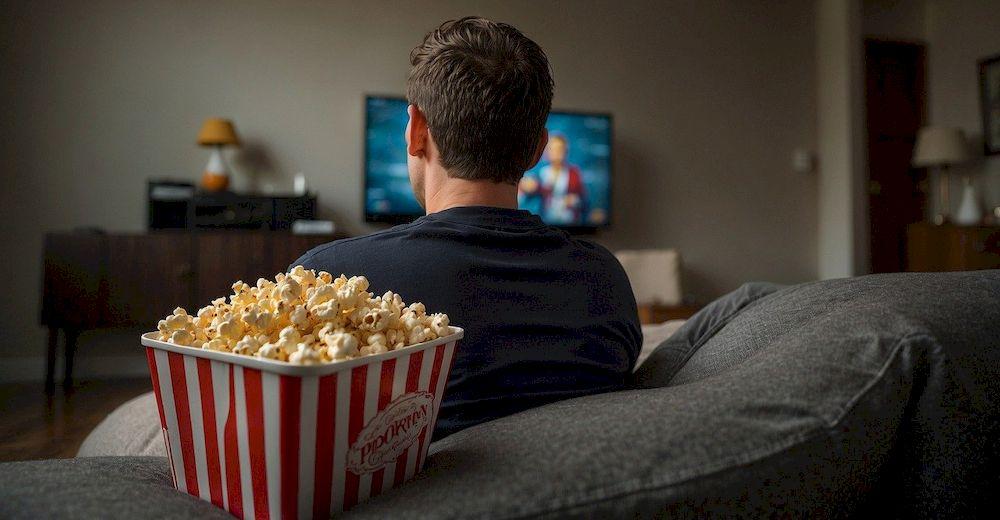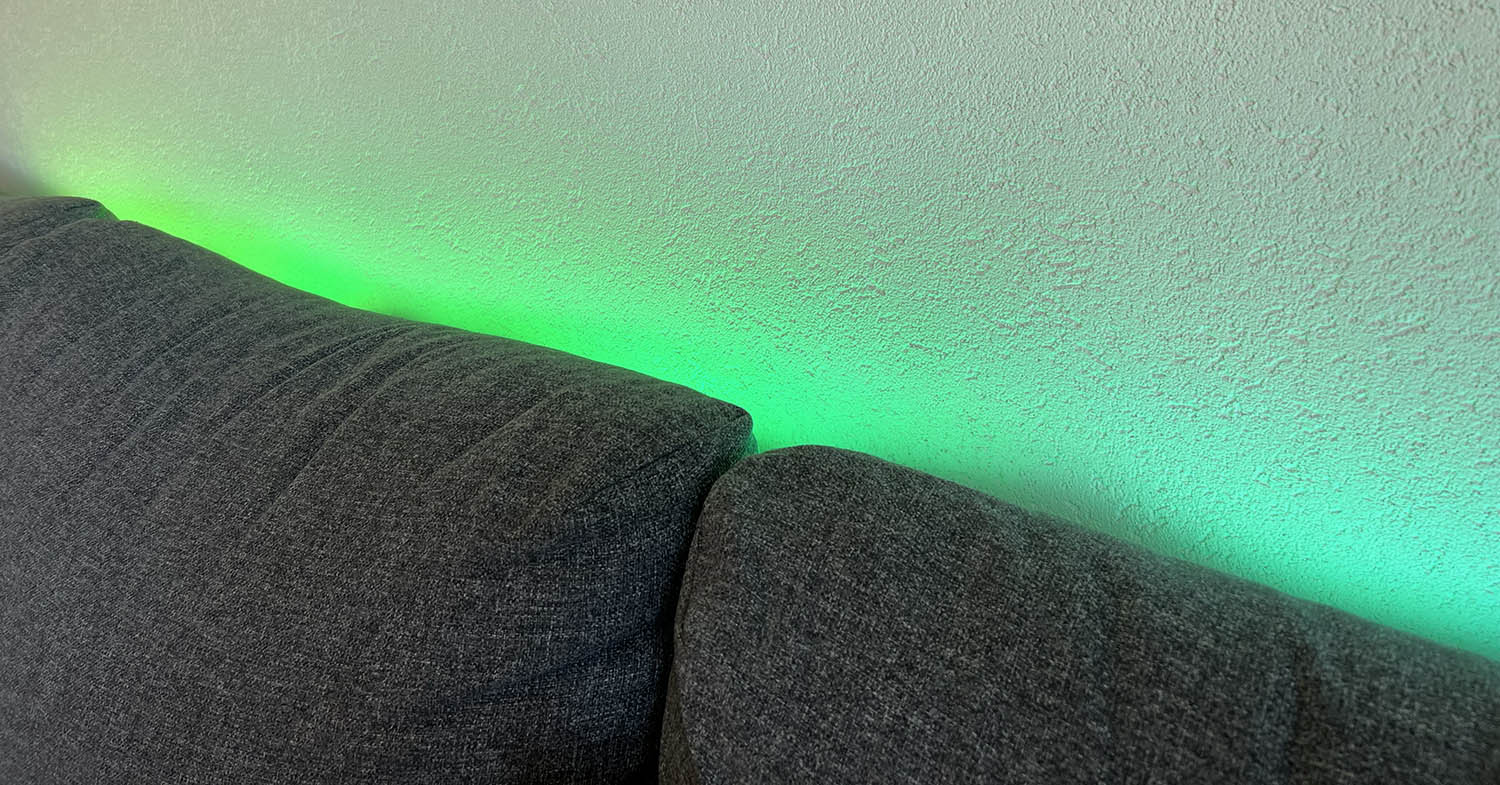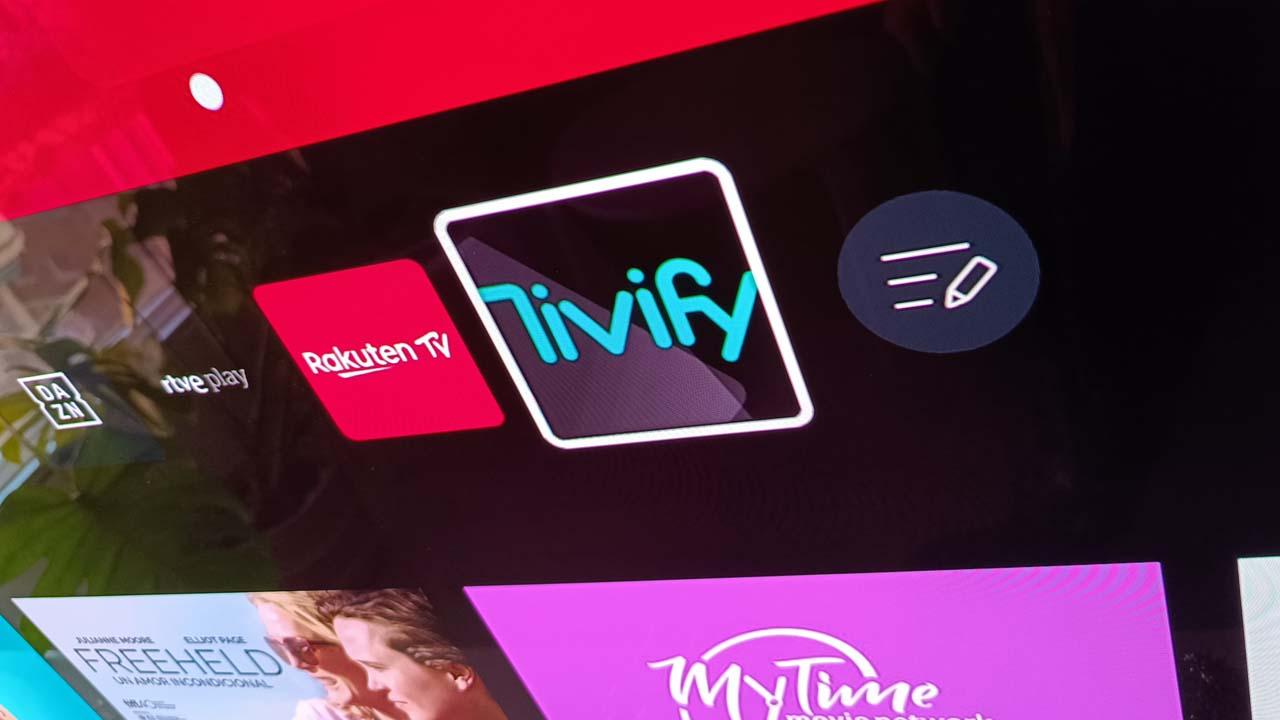Streaming platforms have many fires to put out, but there are some that, today, do not worry them too much. One of them is a problem that users suffer in silence and that is not usually within what we consider a complaint. But it is a reality that does not help streaming platforms increase the strength of their services.
Surely it has happened to you more than once. You turn on the television and open your favorite streaming application, such as Netflix, Disney+ or HBO Max. Next, you try to decide what you want to see. But you don’t get it. And, instead of continuing to wander around, because there comes a time when you’re tired of it, what you do is go back to see something you’ve already seen. Yes, those types of series or movies that keep you company and to which you don’t have to give 100% of your attention.
A study confirms it
What may seem like it only happens to you, the reality is that it happens to many more people, especially in Europe. A recent study carried out by Comcast Advertising reveals data that is not at all optimistic, since it discovers that a large number of European users have serious difficulties finding the content they want to see.

More precisely, they talk about how only 21% of users in Europe can easily find the new content they want. For its part, analyzing the data applied to the North American market, the figure increases a little, but only up to 28%. This calls into question the work that platforms do to make their content available to users.
The problem does not lie in the lack of content
One of the questions that the study posed was whether, in reality, the problem lies in the fact that streaming services have catalogs that are too scarce. Because, if that were so, it could be understood, in a way, that there would be those problems in finding something interesting to see. To clear up doubts, they have applied the same rules of the study to a case in which users not only have one streaming service, but are subscribed to several.
And what they have discovered in this case is that 46% of European users have acknowledged that they have problems finding new content to enjoy. In the case of North Americans, the percentage increases to 51%. In all cases, their alternative to not finishing deciding what they want to see is the same: to see something they have already seen before.

On paper, this doesn’t have to represent a crisis for the streaming sector. Platforms are interested in users consuming their content and accumulating hours of playback. When it comes down to it, the important thing is to have them connected while watching content, so it ends up caring less about what they are specifically watching. For this reason, in a way, we have come to see in recent years how streaming platforms have increasingly looked for more series with which to cover this need.
Netflix jumped headlong into incorporating into its catalog productions such as Here No One Lives, Pharmacy on Duty, Family Doctor or Seinfeld, a type of light series that can be easily watched and that we can have in the background for as long as we want. we want It relaxes the process of choosing something, because we watch one, two or three episodes, stop playing and continue doing our things. For this reason, it ends up dominating our time over the endless search for new things to view.

The platforms try to combat that feeling. Netflix now has the weekly recommendations for Friday in which it gives us some ideas for watching content. And other services also have these types of initiatives. But it is still, clearly, a problem. One that is not solved with the endless carousels of crazy categories that platforms usually have, such as “Movies about grandparents” or “Movies where green cars appear” (not so extreme, but along those lines). In general, not many platforms give a complete index of all their movies by genres such as “action”, “comedy” or similar, something that Disney+ does. That makes it very difficult to find something new to see.
Experts indicate that the streaming market has to address this problem, because these types of services are paid to have entertainment and have a good time, not to end up feeling frustrated. However, as we said before, it does not seem that this problem is a priority for platforms dedicated to streaming.













